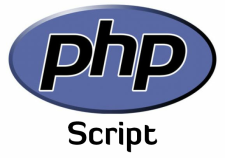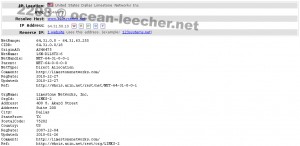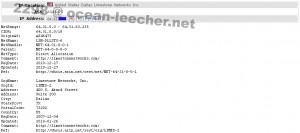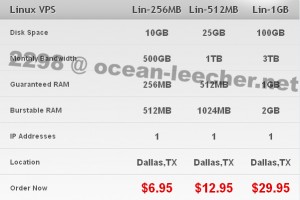What is MySQL?
If you are going to do some advanced stuff on your website, you will need to learn about MySQL. Knowledge on it is very important, especially if you are going to create websites that need to store data like usernames, passwords, comments, content, and many more. In addition, basic knowledge of this database is needed if you are going to proceed on learning advanced web development language like PHP. Moreover, it is a widely known and used database on the internet, lack of understanding of this database can give you a difficult time on progressing as a web developer. If you want to know the answer to “what is MySQL,” continue reading.
 MySQL is the most famous open-source database system on the World Wide Web. MySQL is a relational database management system (RDBMS) that stores both data and the data’s relationships on the same table. Asides from that, a user can reassemble and access its data in many ways without the need of creating any changes to the tables. With MySQL, you can create up to 4,096 columns and store an almost unlimited number of records.
MySQL is the most famous open-source database system on the World Wide Web. MySQL is a relational database management system (RDBMS) that stores both data and the data’s relationships on the same table. Asides from that, a user can reassemble and access its data in many ways without the need of creating any changes to the tables. With MySQL, you can create up to 4,096 columns and store an almost unlimited number of records.
Just like any other databases, it can handle values like timestamps, dates, chars, floats, integers, and Boolean values. In addition, there are two ways that you can manipulate MySQL. You can use the regular SQL syntaxes like select, insert, update, join, show, and delete to edit tables. On the other hand, you can use a graphical administration application like the popular phpMyAdmin to manage your MySQL tables.
Even if you are going to rely on a content managing system (CMS) for the materialization of your website, you must still familiarize yourself on this database. This is generally because most of the popular CMS today, like WordPress and Joomla, are using this database as their data manager. In addition, common forum applications on the internet, like phpBB and MyBB, are using this database too. When your content management system or forum application goes down, you might want to recover all the data and content that application accumulated. If that happens, the only way to do that is to check its MySQL database manually.
Moreover, many webhosting services are using this as their database. This is especially true to those web servers that take advantage of the LAMP (Linux, Apache, MySQL, PHP/Phyton/Perl) software stack. That is why many popular websites are taking advantage of this database, and a few of them are Wikipedia, Google, YouTube, Twitter, Facebook, and Flickr. It can handle small to massive websites, and it can support huge volumes of users and data. Because of that, it is recommended that you use this in case that you will create a new website.
It is absolutely required to learn this database. If you are familiar with how databases work, learning MySQL will not be difficult for you. Whether you will manually code your website, or you will use content management applications for your websites, understanding this database will be beneficial for you. As of now, many learning sources on the internet can be found for you to start familiarizing yourself on this popular RDBMS.


 This language is capable of running scripts for a server, and it can carry out specific server tasks. Few of the common tasks it can perform are database manipulation and content management. The scripts will be saved on the server just like the web pages, and they will only be triggered when users request it to be executed.
This language is capable of running scripts for a server, and it can carry out specific server tasks. Few of the common tasks it can perform are database manipulation and content management. The scripts will be saved on the server just like the web pages, and they will only be triggered when users request it to be executed.


